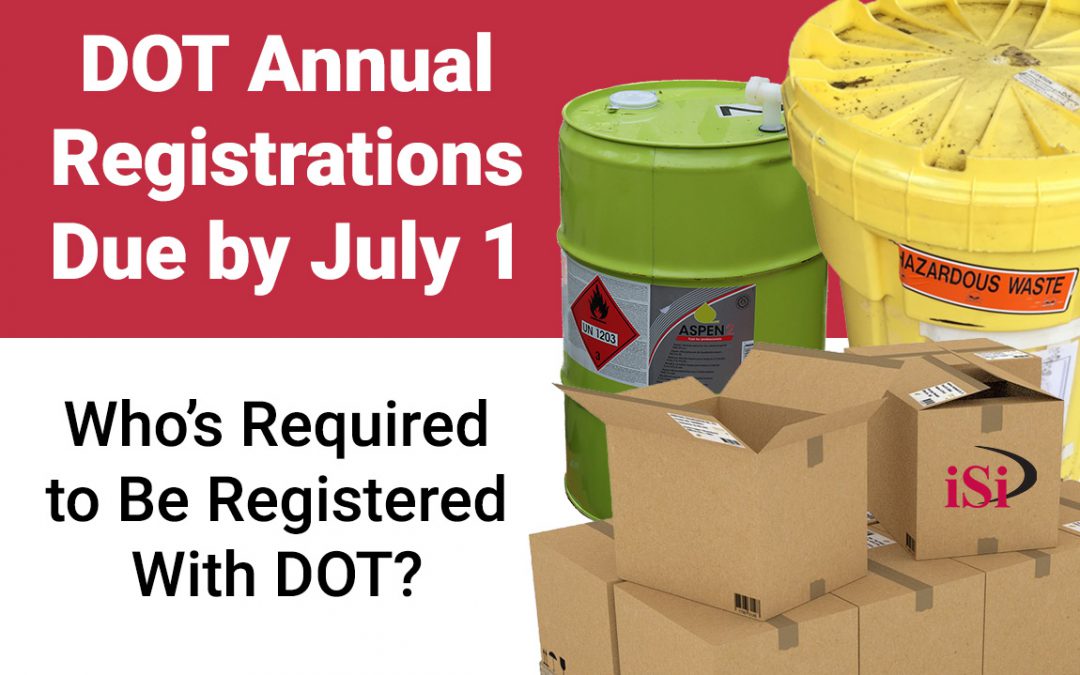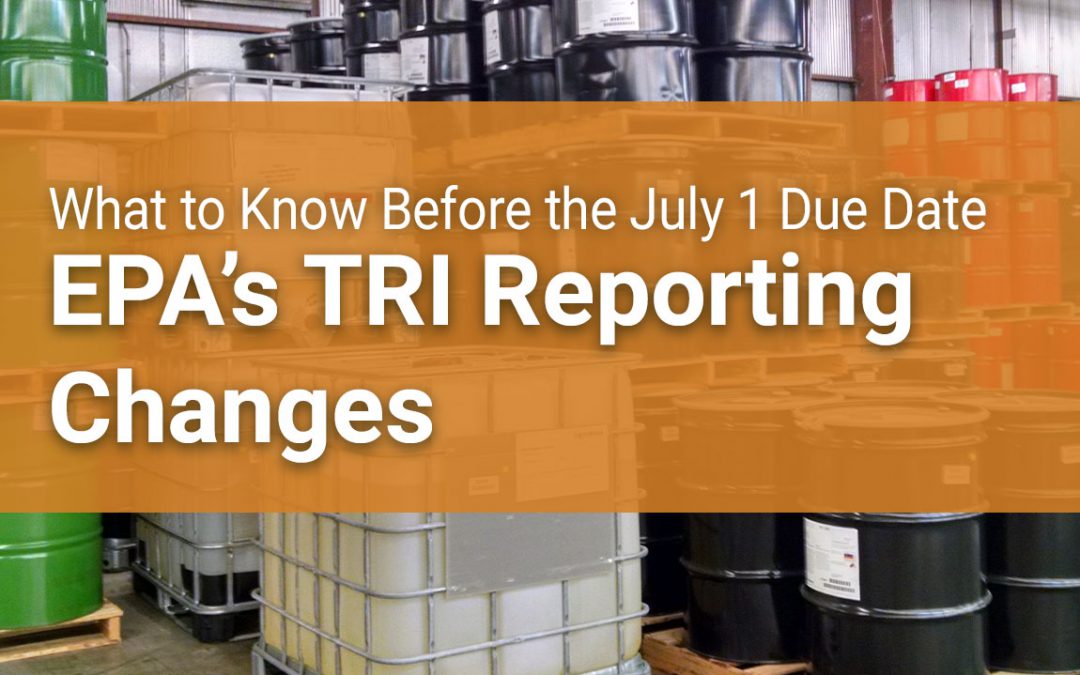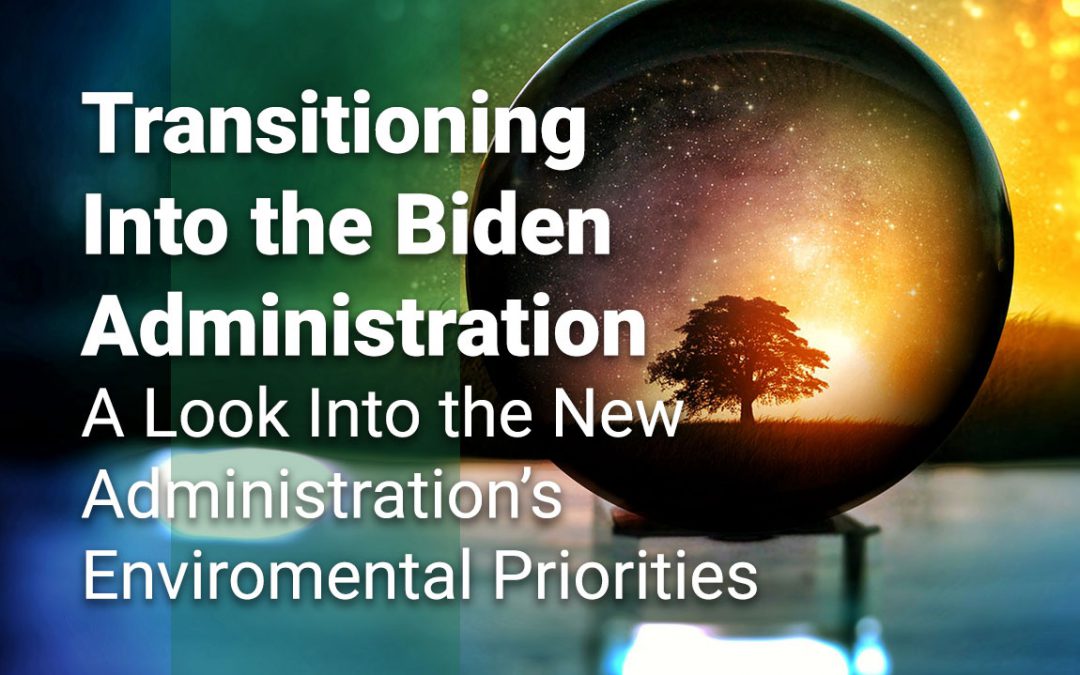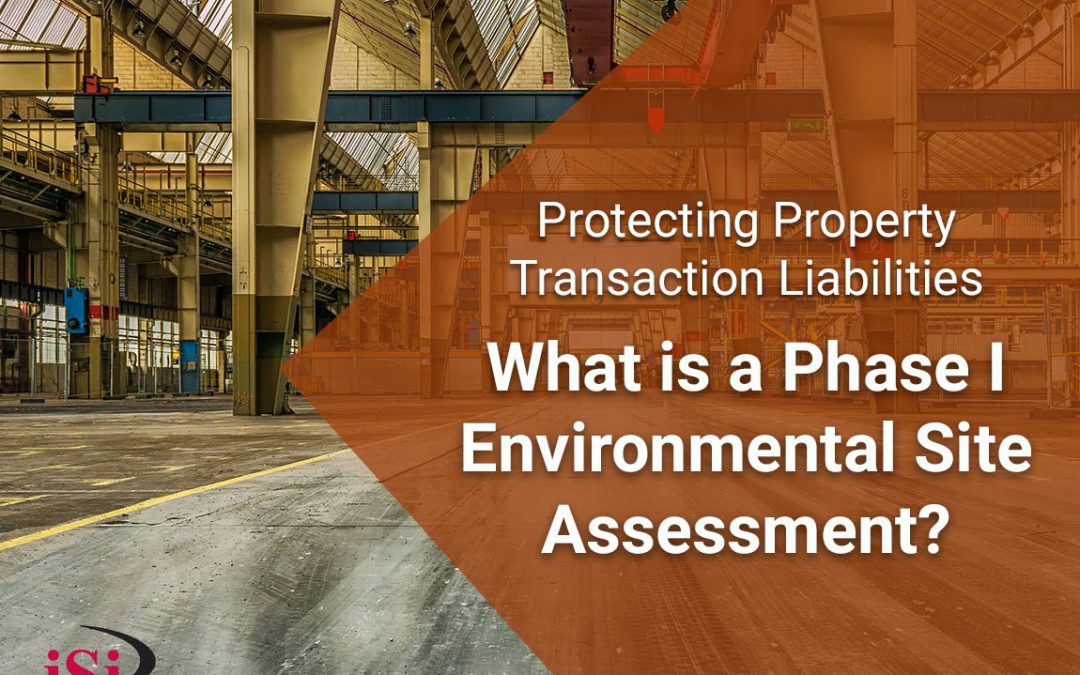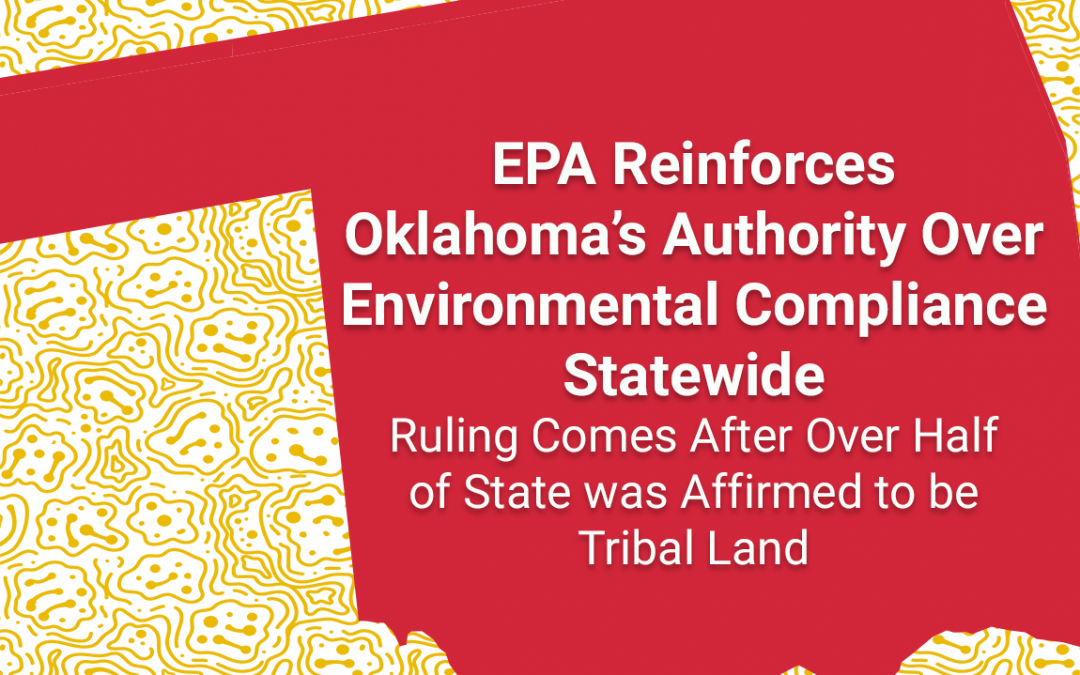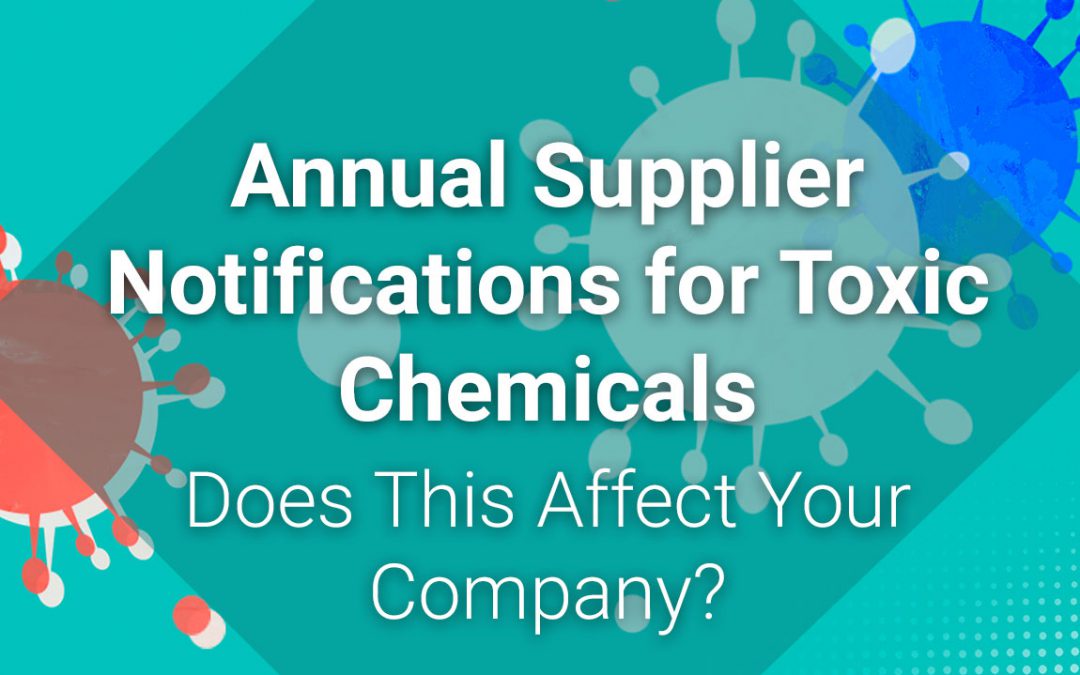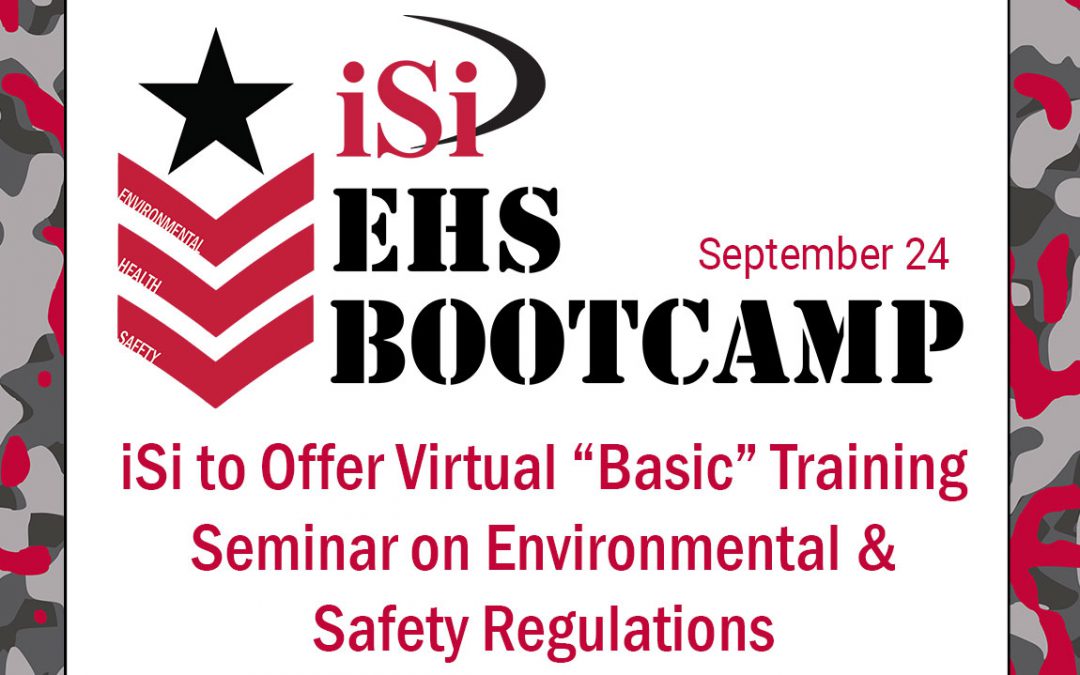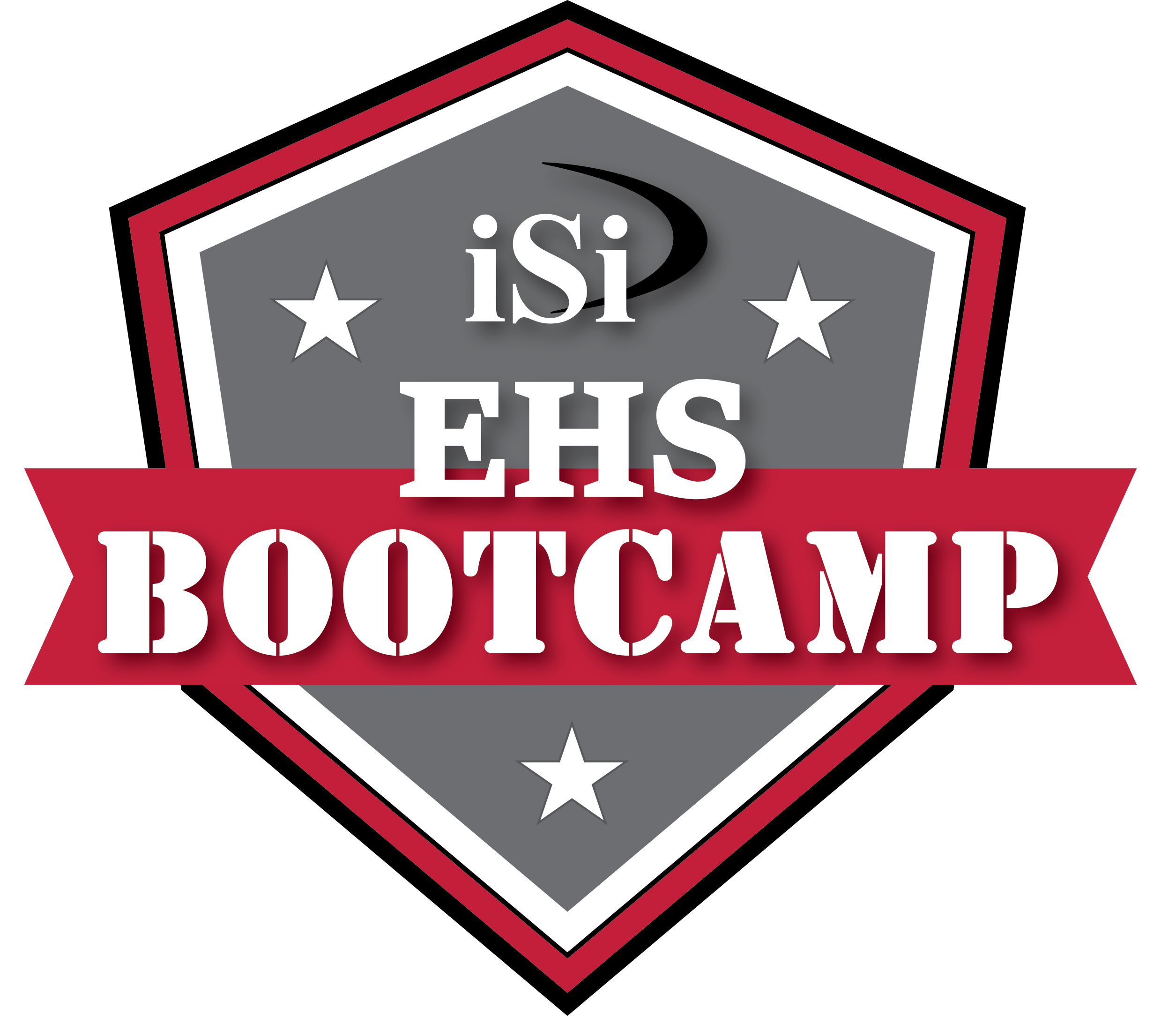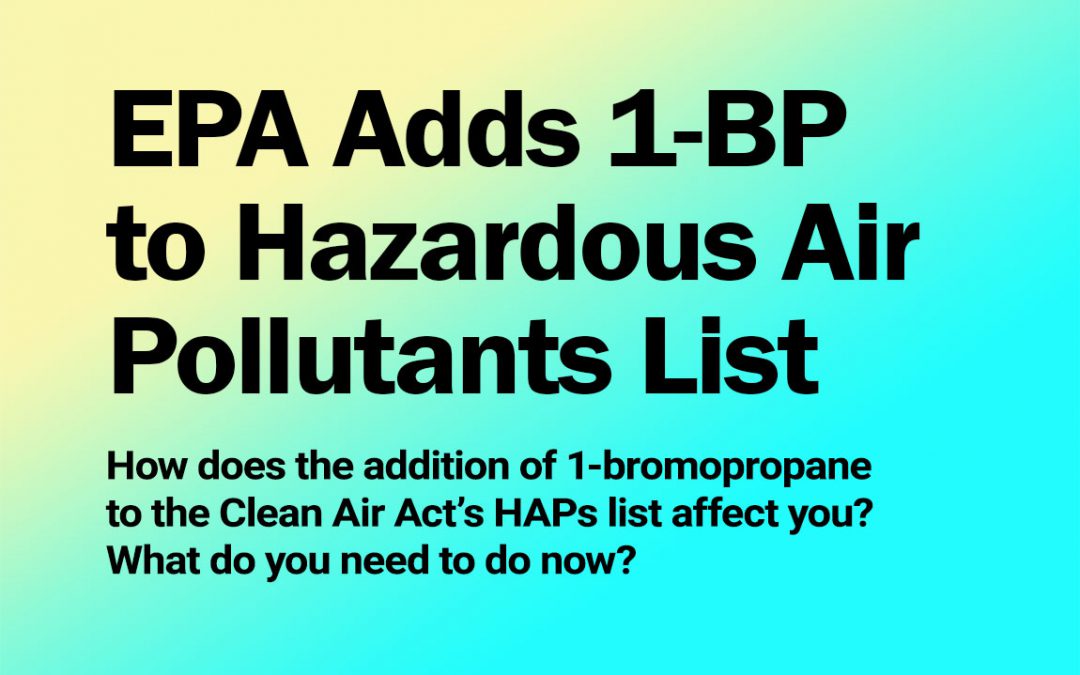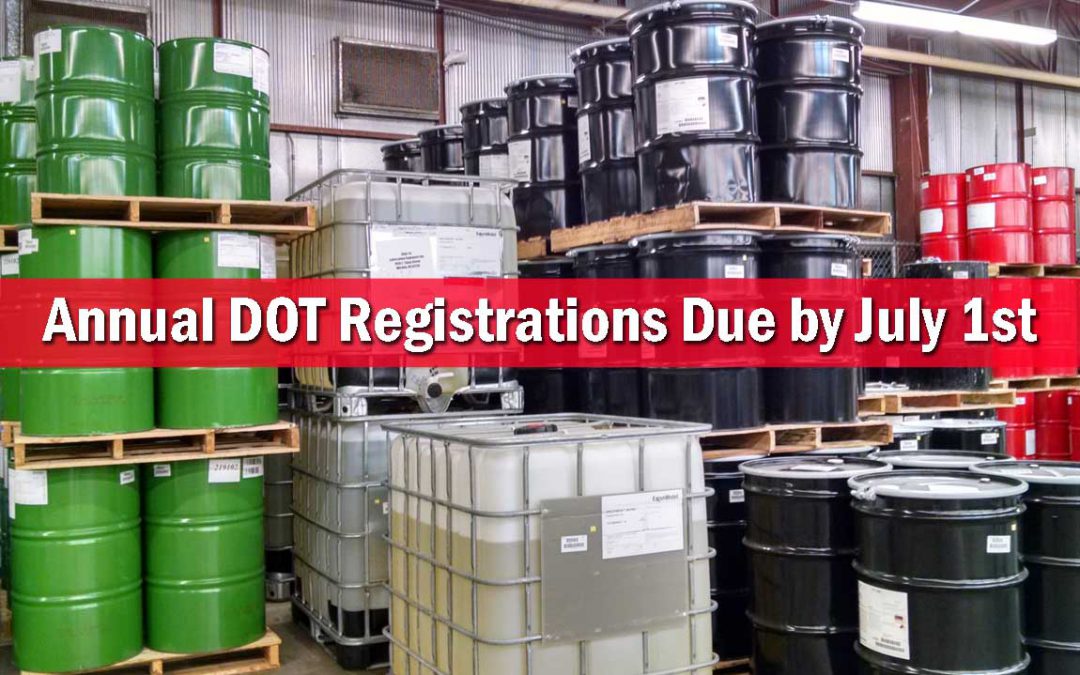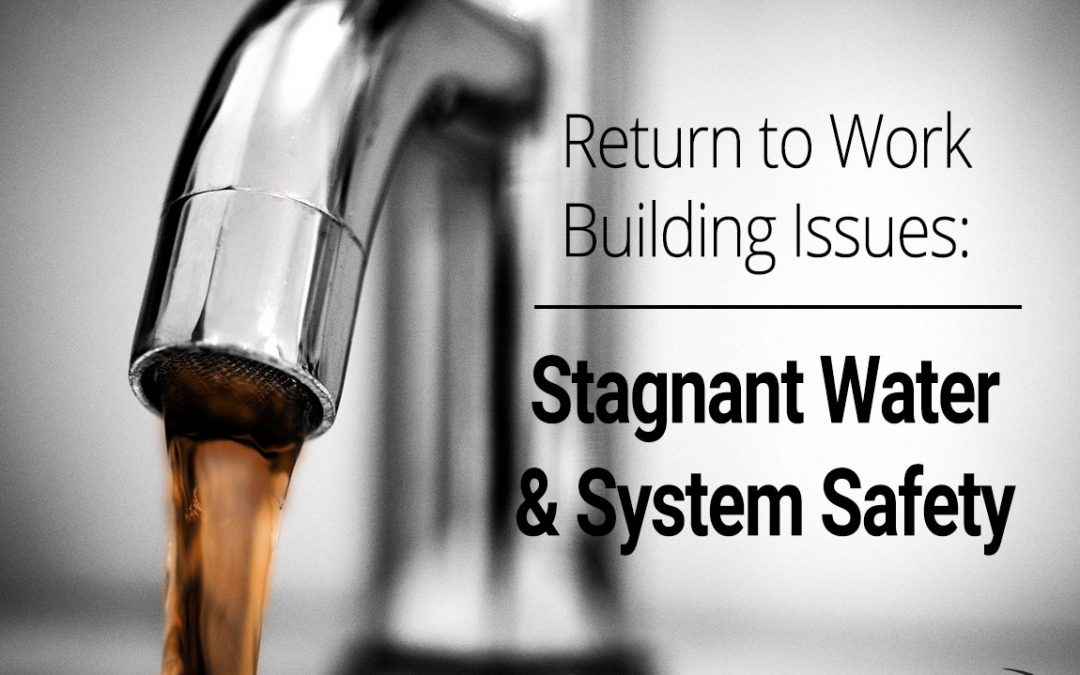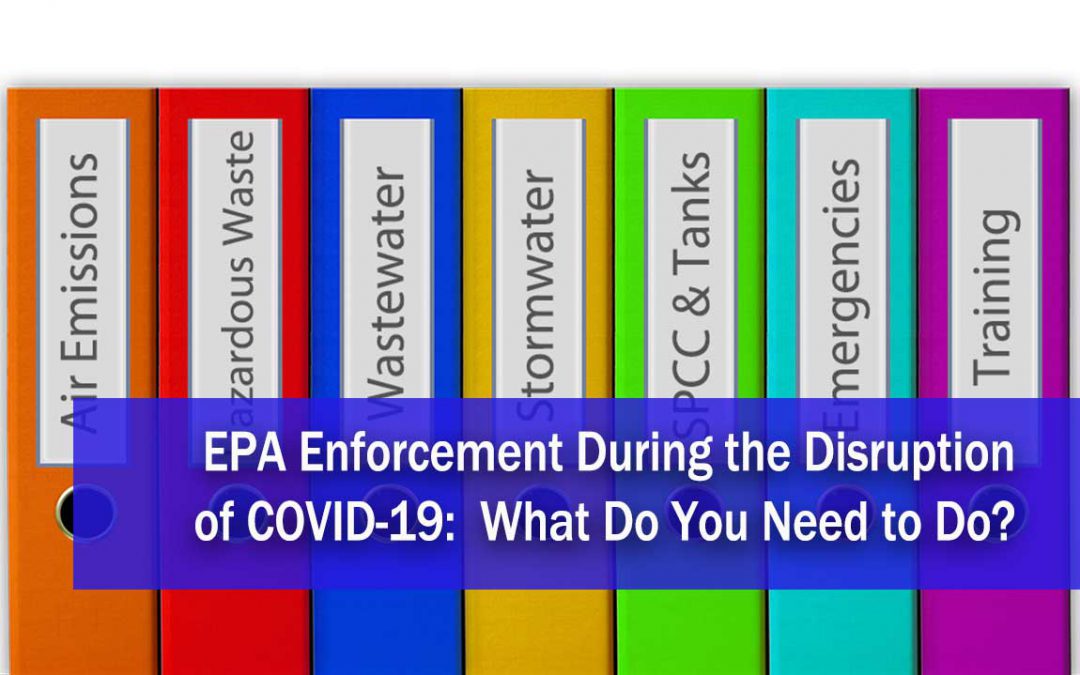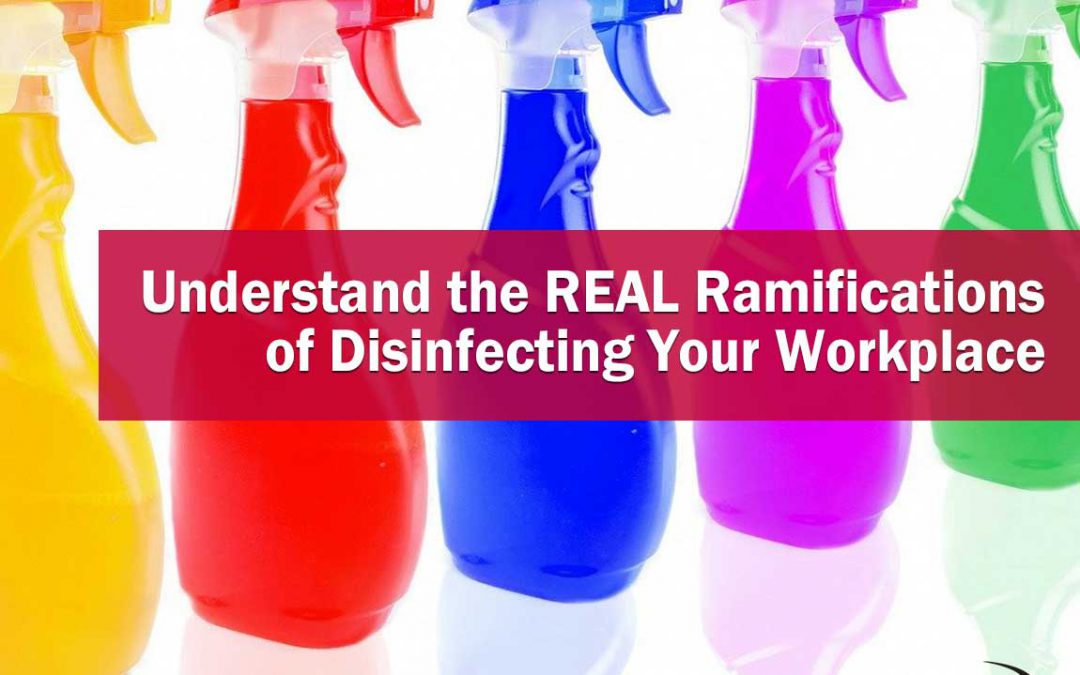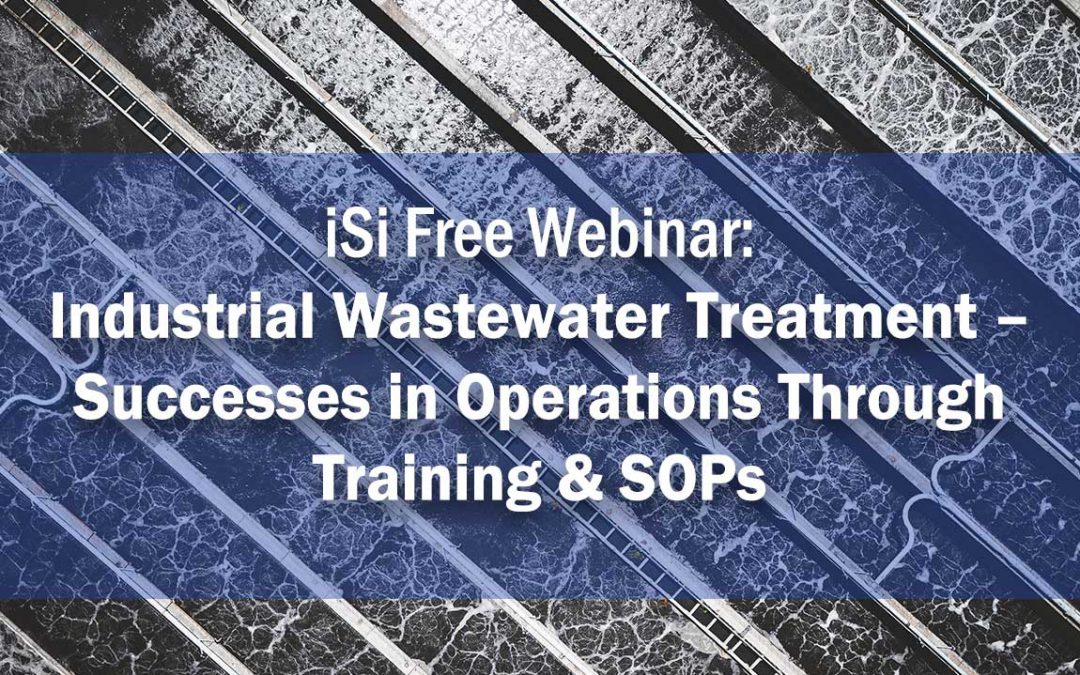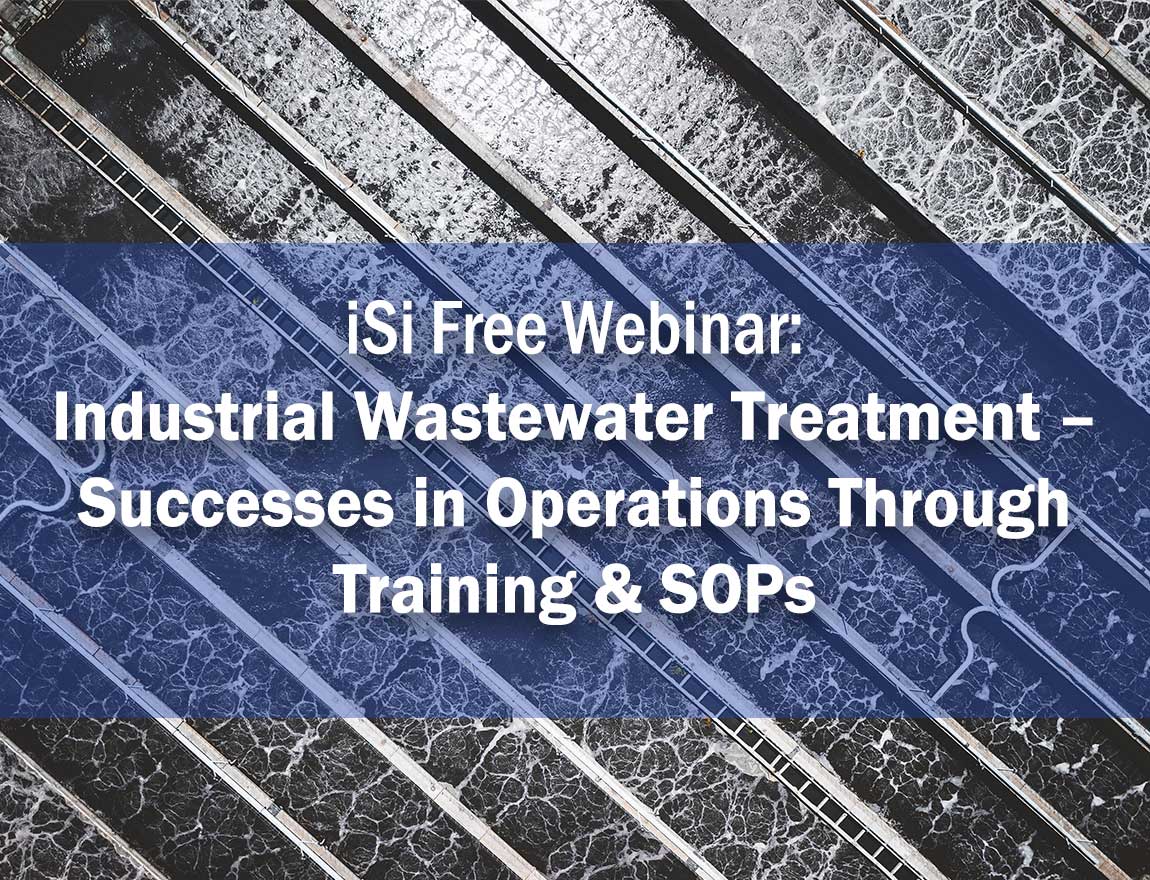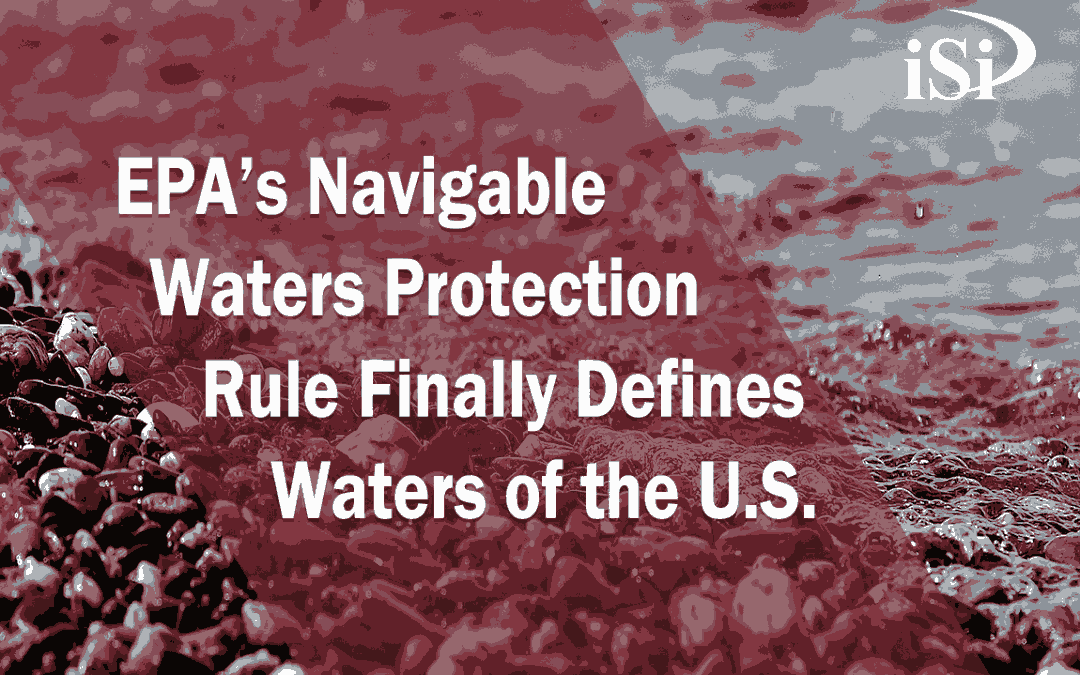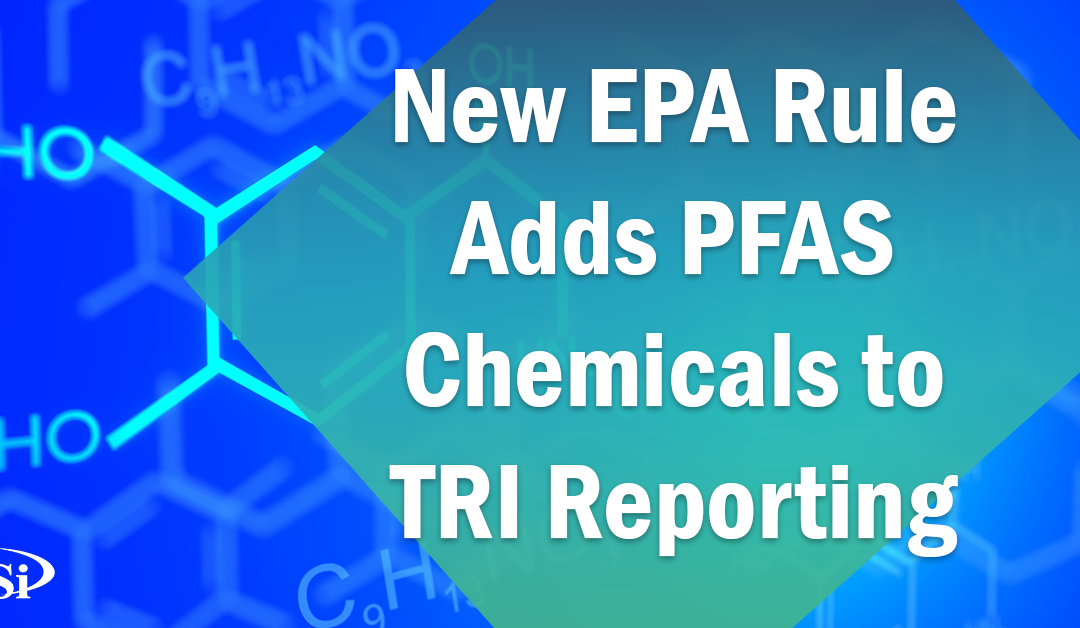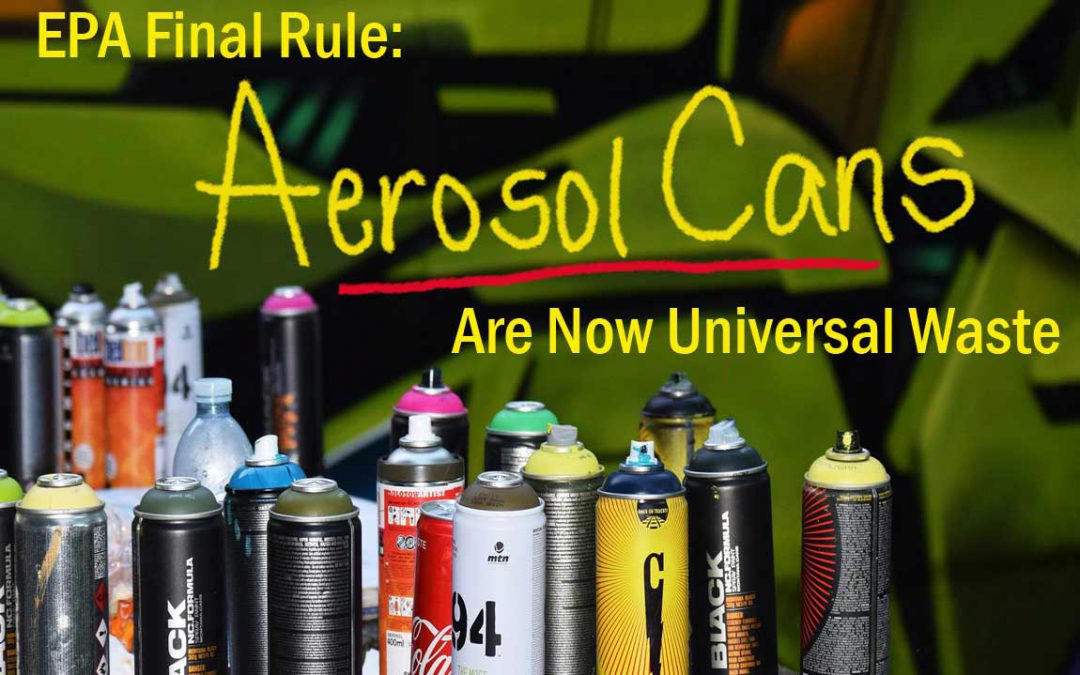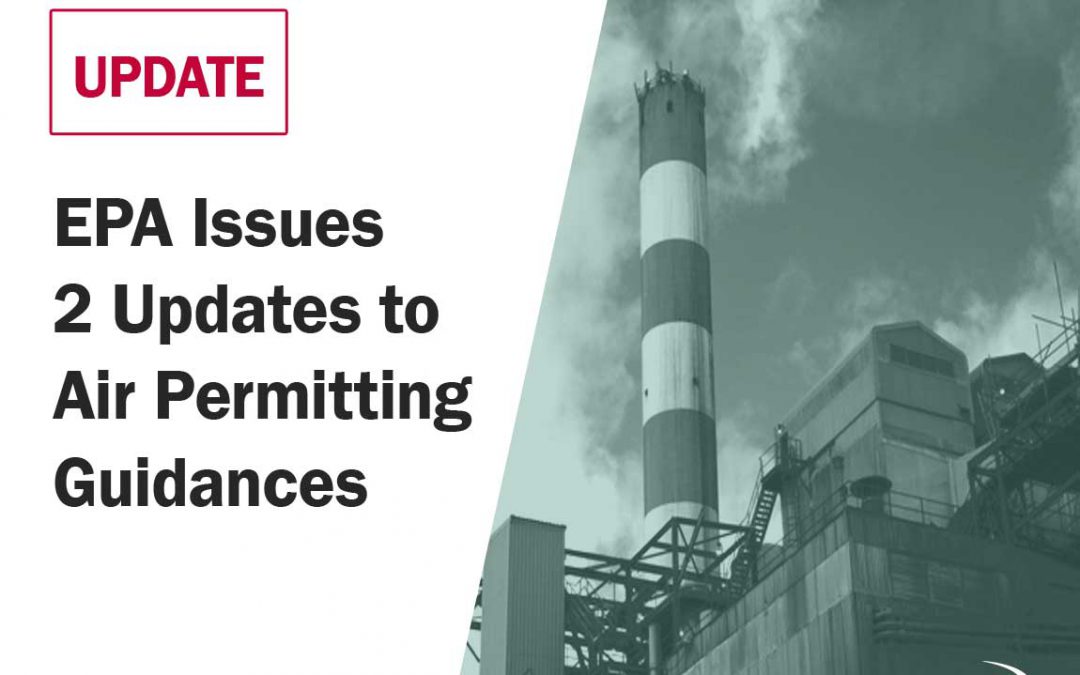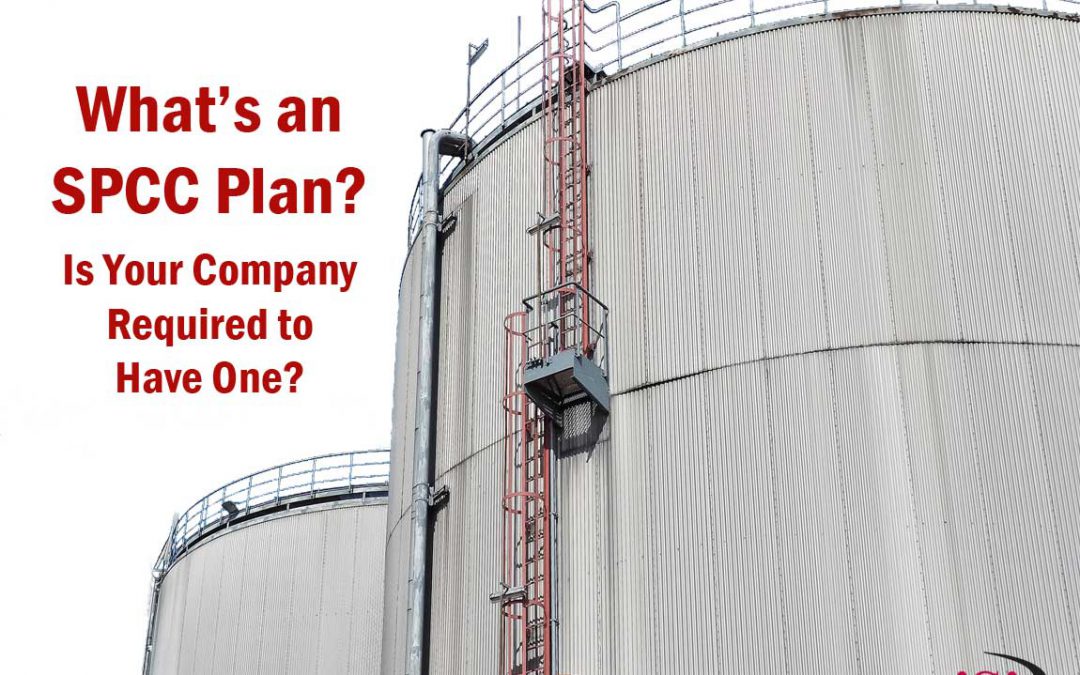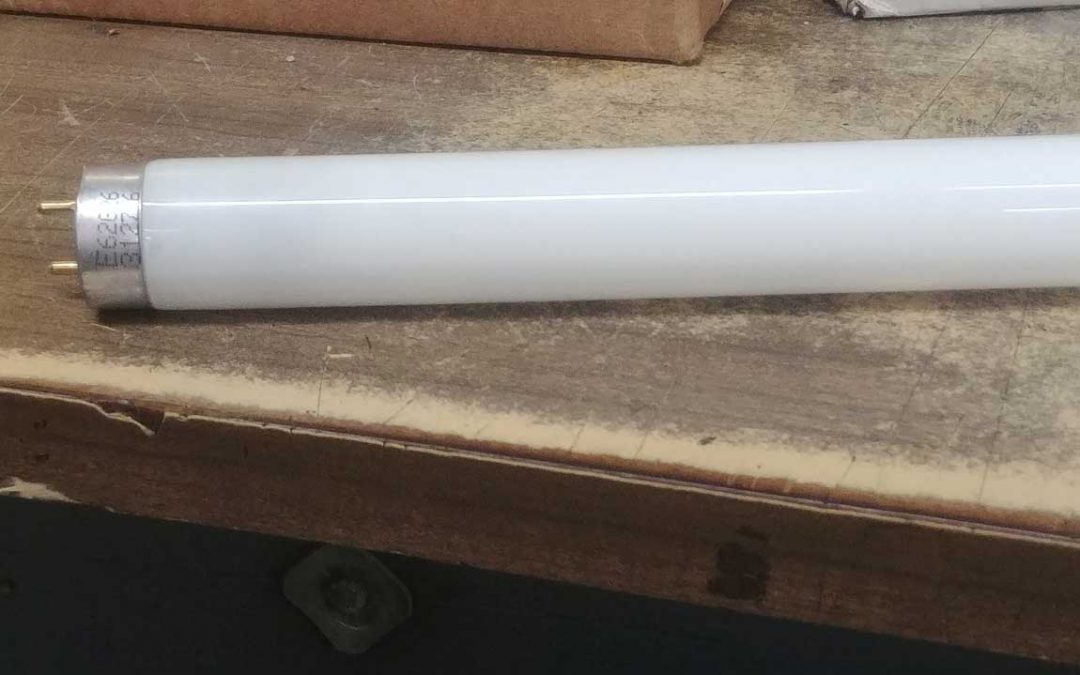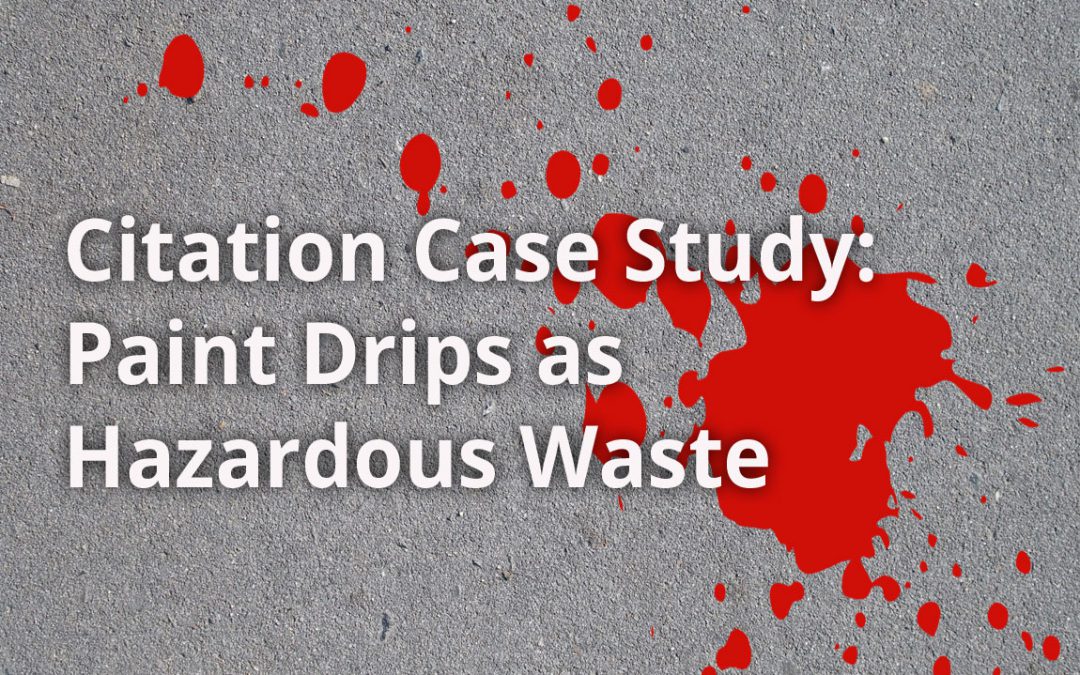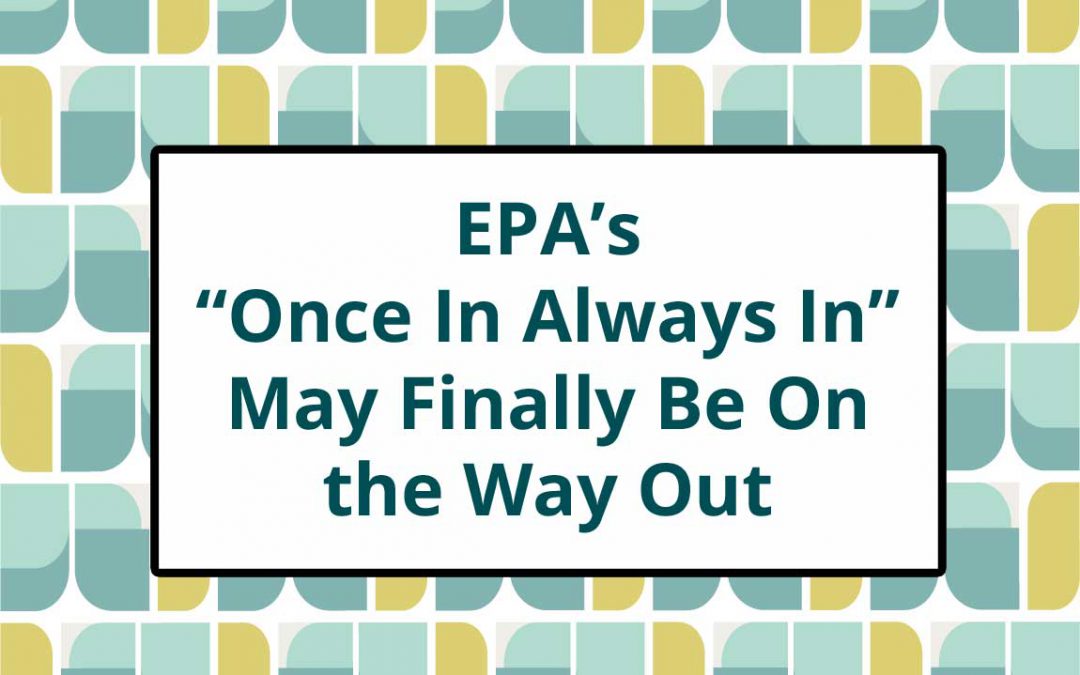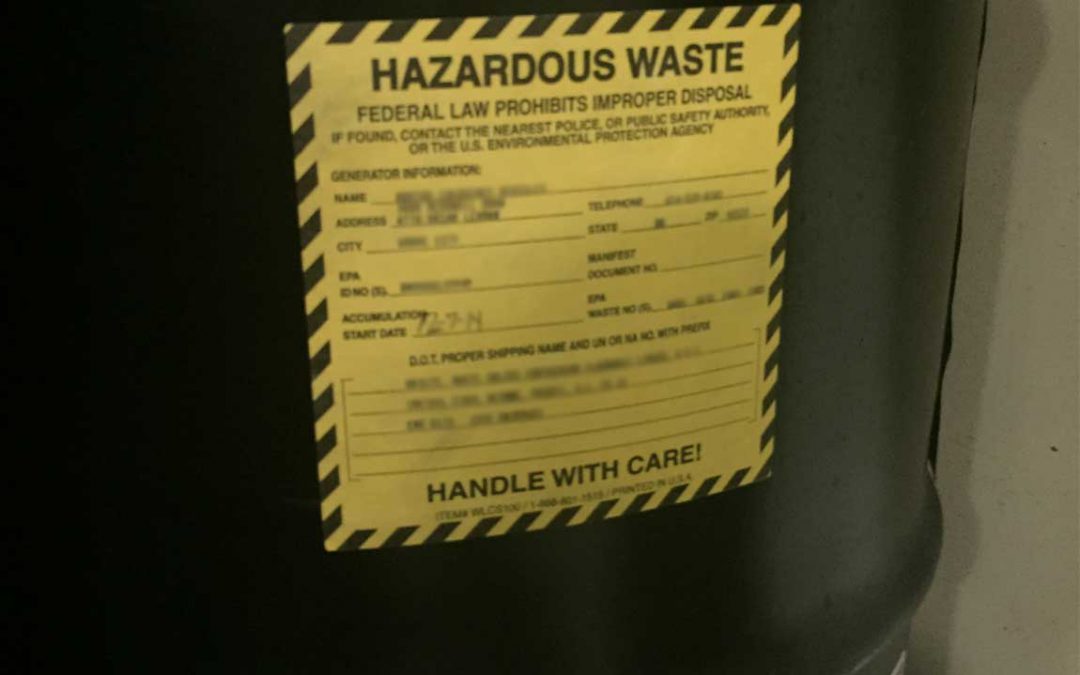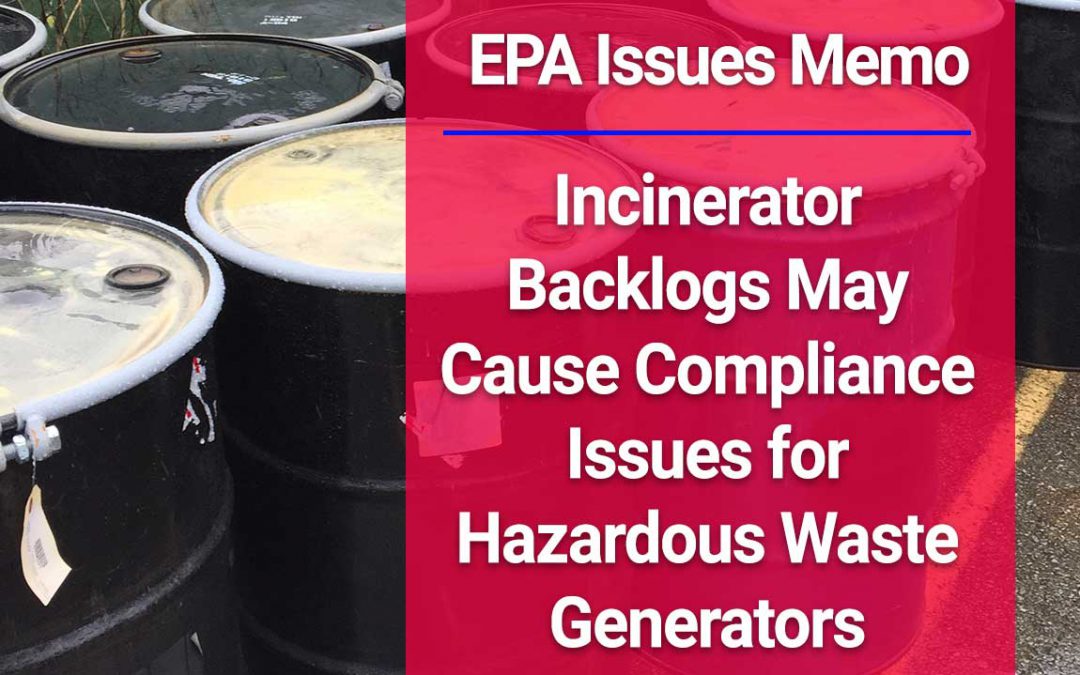
EPA Warns Incinerator Backlog Could Mean Compliance Issues for Hazardous Waste Generators
Many of the nation’s commercial hazardous waste incinerator facilities are notifying customers they’ll no longer accept new waste for a while, says a new memo issued by EPA. This is because there are backlogs at the incinerator facilities, and they can’t handle any more product. EPA’s memo, dated August 10, 2021, was mailed to hazardous waste generators as an alert because this backlog is going to affect generator compliance with the regulations.
The Backlog
Incinerators cannot keep up with demand and cite several reasons. Like most companies, they’re seeing labor shortages both on the transportation end and on the incinerator facility end. Also, winter storms in the southern U.S. caused shutdowns and there have been additional shutdowns for scheduled and unscheduled maintenance. Then on top of that, increased manufacturing after the pandemic is creating even more waste and the incinerators can no longer keep up.
They estimate they won’t be able to resolve the backlog until the end of the first quarter of 2022. This may create a big problem for manufacturers who send containerized waste for incineration.
The Compliance and Logistics Issues
Some types of hazardous waste must be incinerated to meet land disposal restriction treatment standards.
Large quantity generators are only allowed to accumulate hazardous waste for a maximum of 90 days. Small quantity generators are allowed 180 days, or 270 days if the waste must be transported 200 miles or more.
If some of that waste stored onsite is hazardous waste that needs to be incinerated, it presents a problem because at the current backlog estimate, it’s likely it’ll need to stay onsite for longer than those numbers of days.
Besides going past your time window, this could become a storage issue for your facility. Where are you going to store those drums until they can be accepted?
Also, if you have a greater number of hazardous waste drums sitting around, how does that impact site safety and health? What is your increased potential for spills and emergencies? You may need to look into temporary secondary containment and alert your local emergency responders that you have more hazardous waste onsite than usual.
EPA’s Guidance
Generators are allowed to submit requests to their authorized implementing agencies (often your state environmental agency), asking for time limit extensions for a 30-day period. Extensions are issued for “unforeseen, temporary, and uncontrollable circumstances.” Then that agency has the power to accept or reject the extensions on a case-by-case basis.
EPA says the agency should determine what the criteria for extensions should be and require some type of proof that you cannot get your waste shipped. An example would be a letter from the incinerator saying they will not accept your waste due to the backlog in incinerating containerized hazardous waste. You may be asked to change or look into your practices to reduce the amount of hazardous waste being generated.
TSDF Guidance
EPA says that TSDFs can store waste for longer than 90 days if their permit allows this type of storage activity up to their permit’s container storage capacity limit. Once this is exceeded, TSDFs can either use temporary authorization procedures found in 40 CFR 270.42 or modify their permit in accordance with Class 2 or 3 modification procedures. Temporary authorizations are limited to 180 days and can be extended for another 180 days if they have requested permit modifications for the condition covered by the temporary authorization. Both options require approval by EPA or the authorized state. EPA recommends TSDF facilities notify their regulatory agency ASAP if they think they’ll need either option.
Incinerator News
Clean Harbors recently announced they are adding another 130,000 ton hazardous waste incinerator to their Nebraska facility. This is only the second new incinerator approved in the last 25 years. The other one was their El Dorado, AR incinerator that was approved in 2016. It won’t come online in time to help the backlog situation, however, it should be operational by 2024.
Need Help? Have Questions?
iSi can help you with all things hazardous waste. Contact us here for more information or help with your hazardous waste issues.
Need Help?
Need advice or assistance in dealing with this issue? We’re here to help!
Questions?
Does this apply to your company? Do you have questions? Contact us!
Receive News to Your Inbox
We send our articles by email whenever we add a new one. Don’t miss out! Sign up for our blog today.
Request a Quote
iSi can provide assistance in this area. How can we help? Ask us for a price quote.


